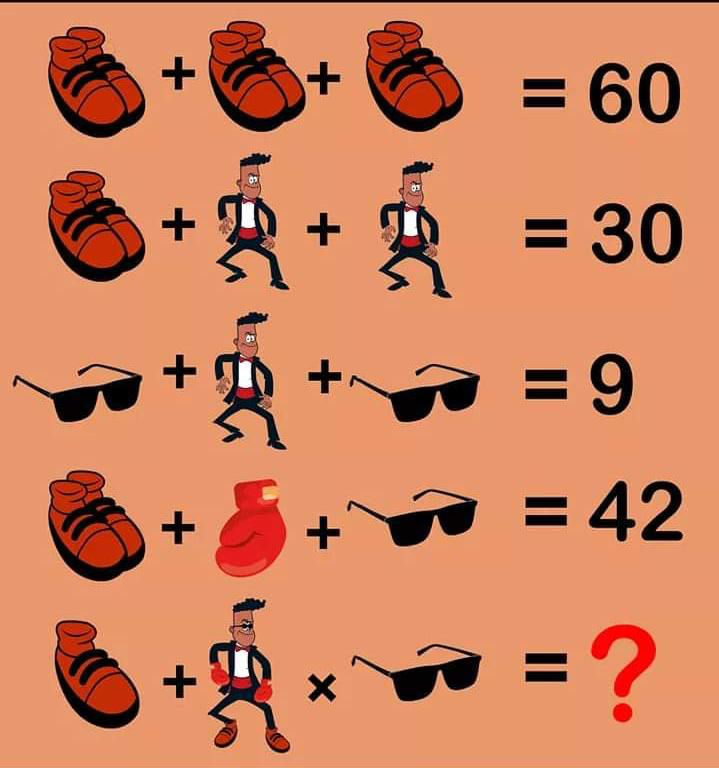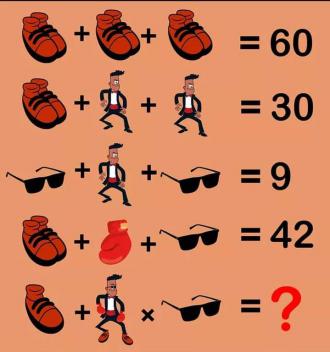MATH PUZZLE: Can you replace...
MATH PUZZLE: Can you replace the question mark with a number?Correct answers: 119
The first user who solved this task is Nasrin 24 T.
#brainteasers #math #riddles

Don't give up. You time is coming soon.
I know sometimes you feel like giving up. Every new day there seems to be no change in your life. All the troubles of your heart and worries keep on worsening! You wonder why everything is happening to you. You keep on asking yourself why you’re not lucky like other people. You keep on praying to God but so far He hasn’t answered your prayers. Now you have started losing hope. You now think that maybe you were meant to be like that or maybe somebody cursed you. But I tell you what my friend? You weren’t meant to be like that and you weren’t cursed. God is silent but He watches you day and night. He listens to your prayers and He has something special for you. Just stay strong, focused, and hardworking and keep praying to God. Bear it in your minds that you’re not alone in that hard situation, we are all in the same boat. So don’t give up my dear friend. Your time is coming soon.

